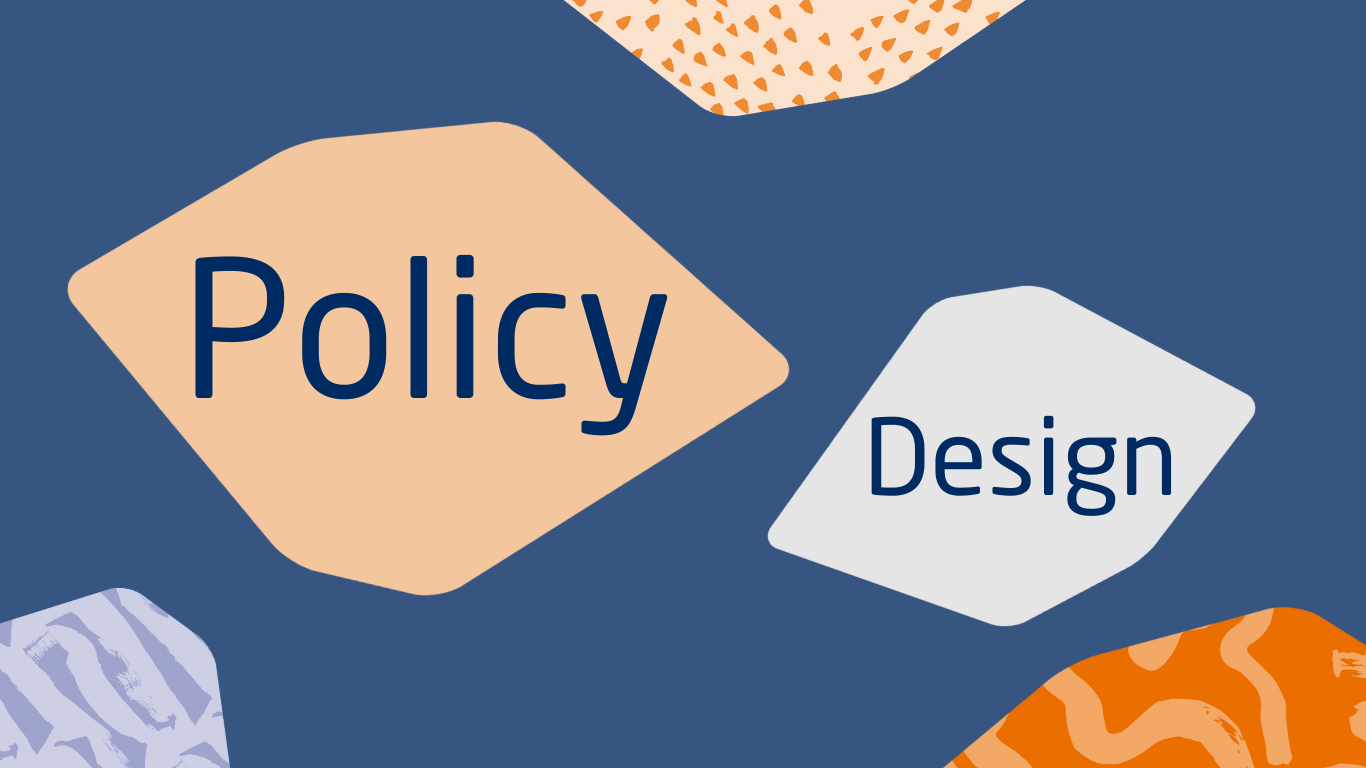 2 December 2025 · Articles
2 December 2025 · Articles
Opening the door to user-centred design in policy creation
In this article, our Head of Design Gavin Maguire explores how government ministers are now embracing the value of user-centred design (UCD) and why this provides a great context for practitioners to help policy-makers adopt the approach.

Conversations at the thought-provoking 2025 UKGovCamp unconference highlighted the gap between current designer / policy-maker teamwork, and the government’s vision for our collaboration. The strength of the government’s recent messages makes now a great time to expand the use of design approaches in policy creation.
The goal of UCD is to create things that work well for all who depend upon them. To do this, practitioners learn about needs, create potential solutions, test them, and try again – until they look right and can be implemented at scale. UCD can provide useful input in the creation of policies, but this is an under-used approach – without which policies are less likely to meet users’ needs.
Top government advocacy for UCD
Recently however, minsters and their colleagues have been calling for design approaches to play a greater role in defining policies:
- In December, Pat McFadden delivered a speech on reforming the public sector. He called for users to be put at the heart of new digital services. Minister McFadden asked that the creation of services be more like that of start-ups famous for their design thinking. He celebrates prototyping, a practice at design’s core: “start with something small and try it out. Test it on people… Throw it away and start again cheaply, if it doesn’t work.” The speech recognises the complexity of services. It advocates systems thinking and calls for collaborative teams, e.g. “a mix of policy officials, data and digital people, and staff from local public services.”
- January’s State of Digital Government Review identifies deep systemic challenges including institutionalised fragmentation. It calls for UCD to take an up-stream role in rationalising and re-imagining services so that they work well for people. “When public sector policy is developed without involvement of digital teams… opportunities are missed. By contrast, when digital, operational, and policy teams work collaboratively, they can deliver rapid impact.”
- The Blueprint for Modern Digital Government, released in January, states that “agile, user-centred, multidisciplinary teams” should be the default. It calls for “a significant shift in culture” for all public servants, to enable policy and digital teams to work together – both to define and implement policy.
- Last month Gareth Davies, who leads the National Audit Office (NAO), delivered a speech to Parliament calling for innovation to tackle systemic barriers and create more productive and user-friendly services. The speech says that innovation depends on a culture of fast evaluation and adaptation – the bedrock of user-centred design – and that these practices should inform policy definition and implementation. In support of this approach, the NAO is proposing that their own auditing framework will “encourage well-managed risk taking”. If they’re planning to be more tolerant of fast failure as part of an iterative design process, the reduction in blame culture would be a powerful enabler to innovation.
Still a gap at policy level
Interestingly, these high-level calls for UCD-like approaches don’t refer to “user-centred design” by name. A couple of hypotheses for why the term isn’t being used are:
- Lack of familiarity with the concept, which comes from outside a government minister’s customary frame of reference.
- Confusion around the scope of ‘digital’ and UCD. Many non-practitioners think of ‘digital’ just as a means of executing policy (i.e. building products and services). They don’t realise that to create something digital, responsible researchers and designers first engage in a higher-level, up-stream process to define what kind of service is needed. And that this wider, strategic, user-centred contribution, is an important part of the value offered by the people who do ‘digital’.
Possibly for these reasons, or due to conventions and habits, many policy-makers don’t yet take full advantage of UCD’s capabilities. My colleagues at NEC Digital Studio and I heard this from leaders and practitioners in central and local government at the Government Transformation Expo, and from advocates of public sector improvement at UKGovCamp. There are pockets of excellent practice, but policy-makers who understand that user-centred design has an important role to play at wider strategic and system levels can have challenges bringing colleagues with them.
Closing the gap
Now UCD advocates have not just permission, but a request from the top of government to ensure that design approaches play a part in finding the right solutions to our biggest problems. This should strengthen our resolve to advocate for increased involvement of UCD in policy-making, leading to services that work better for users and providers.


